Discover the steps to manually close your garage door safely and efficiently.
Experiencing issues with your automatic garage door and need to manually close it? This article is the perfect guide for you. It provides a comprehensive step-by-step process on how to manually close your garage door safely and efficiently.
The process is relatively simple, but it’s crucial to follow the instructions carefully to prevent damage or injury.
Keep reading for the complete solution, including the necessary precautions to take, tools you might need, and tips to ensure a smooth operation.
Key takeaways:
- Understand when to manually close your garage door
- Prepare for manual garage door closure
- Follow the process of closing a garage door manually
- Learn how to use the emergency release cord
- Know the protocol for re-engaging the garage door opener
Understanding When to Manually Close Your Garage Door
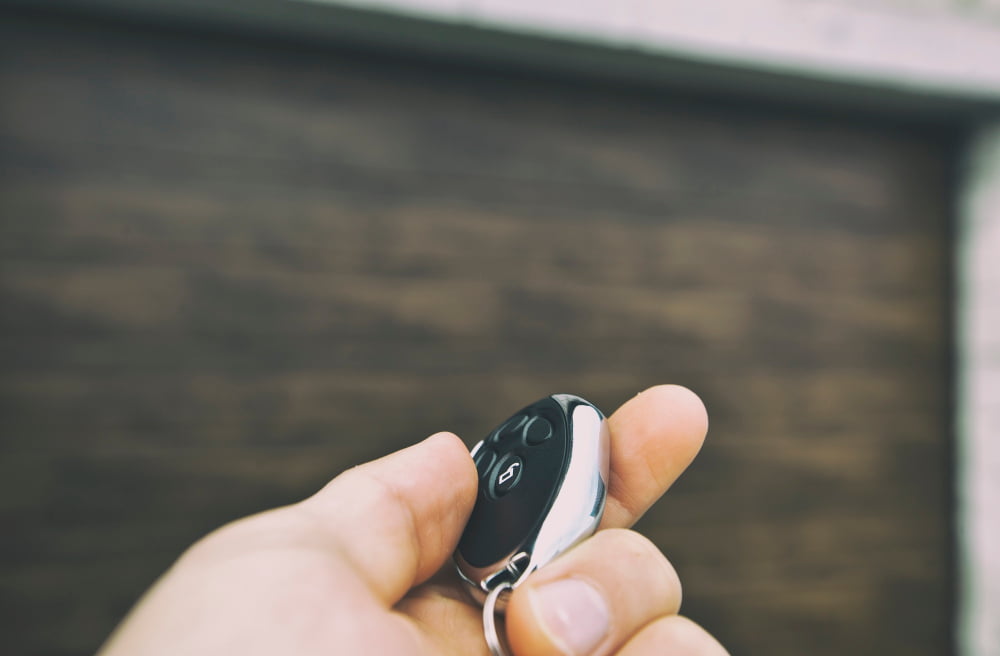
There are a few scenarios that may necessitate the manual closure of a garage door. Power outages are perhaps the most common of these, as the electrical outage would inhibit the typical operation of the garage door opener. Mechanical failures, where the door’s automatic function system breaks down, might likewise require manual operation.
Unexpected glitches like a lost remote or faults in the wireless transmitter likewise call for manual intervention. Audit your garage door and its components regularly to identify potential issues that could interfere with automatic operation, thus preparing for possible scenarios where manual closure becomes essential.
Preparation for Manual Garage Door Closure
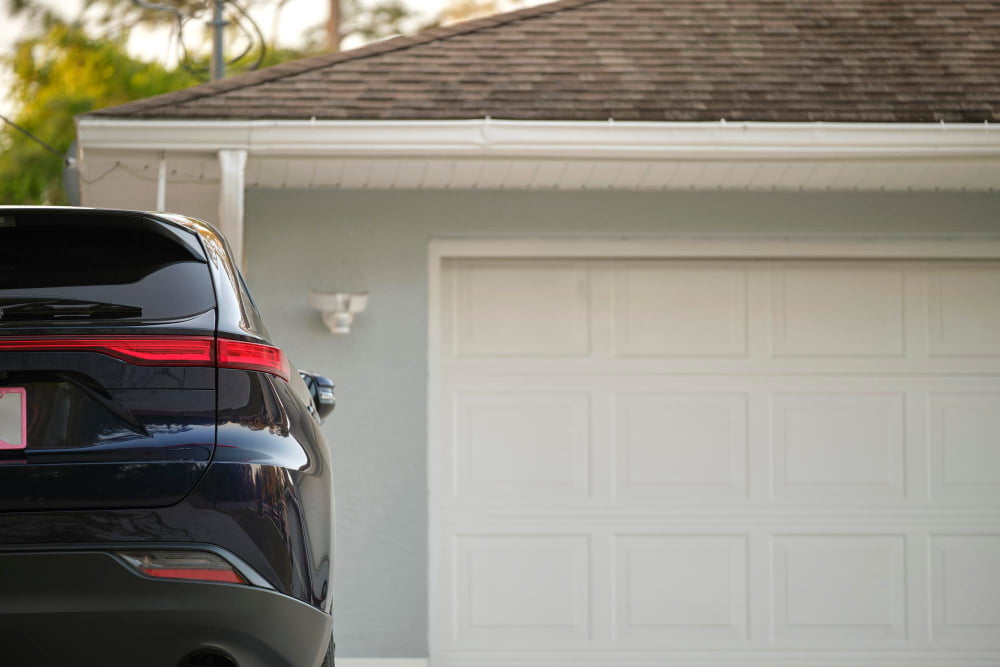
It is imperative to take specific steps for safe and successful manual garage closure. As a first measure, park your vehicle outside the garage to prevent damages from potential door malfunctions.
Once the surroundings are clear, turn off the garage door opener using the control panel. It’s also important to ensure that the garage door is in the complete down position rather than in mid-open status; this reduces risk of injury or further complications.
For homes with a lock reinforcement, ensure to remove it before proceeding. Your key tools for this task will be a sturdy ladder and resilient gloves for added protection.
The Process of Closing a Garage Door Manually From the Inside
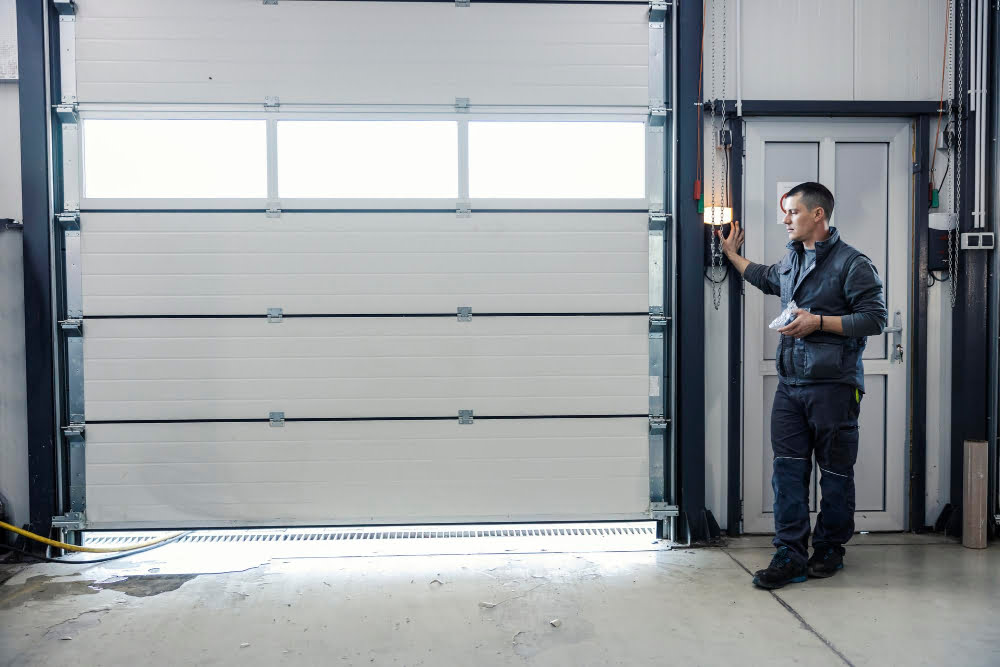
Ensure all people and objects are clear of the garage door’s path before beginning this process.
Locate the red emergency release cord, which is usually hanging from the center rail of the garage door mechanism. You can easily identify the cord for its red handle.
Firmly pull down the cord, which will disconnect the garage door opener. This action will activate manual mode, allowing you to operate the door by hand.
Once the opener is disengaged, move the door up and down to see if it moves freely. If resistance is encountered, lubricate the garage door rails and try moving it again.
If the door is fully functional, lower it gently to the closed position. Ensure it lands solidly on the ground and is securely closed.
Caution: Always keep your fingers away from the door sections when you operate the door manually to prevent injury.
The Procedure of Manually Closing a Garage Door From the Outside

To manually close a garage door from outside, locate and access the emergency release kit. This small lock should be near the top or center of the door. Use the key provided to open it and expose the cable. Pulling this cable disconnects the door from the motorized track, allowing for manual operation.
Ensure proper safety measures are in place. Start by alerting others nearby of your intention to close the door. Position yourself on the handle side to maintain better control when moving the door.
Give a firm and steady pull on the handle. Apply enough force to move the door but not enough to slam it shut as this could potentially damage it. Use your bodyweight if necessary, stepping back as you pull.
Once the door is fully closed, secure it with slide locks or a padlock to keep it shut. Although it might seem rudimentary, it is an effective method of keeping your garage secure when operating the door manually.
Expect a bit of resistance due to the weight of the door. If resistance seems abnormal, halt the procedure to investigate possible obstructions along the track or any broken components.
Usage of the Emergency Release Cord in Garage Door Operation
The emergency release cord, typically a red rope hanging from the garage door trolley that moves with the door along the rail, is a crucial feature in manual garage door operation. It allows for disconnection from the door opener system, particularly during power outages or when the door opener fails.
Employ the following steps to use the emergency release cord appropriately:
- Ensure the garage door is completely closed. Activating the emergency release cord when the door is open may result in the door quickly closing due to the weight, potentially leading to injury or damage.
- The emergency release cord should be handled with firm, yet gentle, pulls. Remember, a firm tug will disengage the garage door from the opener, enabling free movement of the door.
- When pulling the cord, caution is needed to avoid standing directly under the garage door. This measure is vital to prevent accidental injuries.
- After successfully disengaging the opener, move the door up or down manually to its desired position.
Understanding the usage of the emergency release cord is key to efficient manual operation of the garage door when need be. Learning how to utilize it effectively and safely is the primary aim of this section.
Protocol After Using the Emergency Release Cord: Re-Engaging the Garage Door Opener
After pulling the emergency release cord, the garage door is disconnected from the automatic opener. Once the need for manual operation has passed, it’s important to re-engage the opener. To achieve this, start by pulling the emergency release cord down and towards the door. This will make it easier to slot back into the automatic track system once the door is lifted.
Ensure the garage door is fully lifted before trying to re-engage the opener. Doing so while the door is partially open can invite accidents or damage the mechanism. On successful reconnection, the cord will typically snap back into its position indicating a successful re-engagement.
If your garage door opener is of a modern variety, it might re-engage automatically once the gears align. In such cases, you would simply operate the door with the remote control or wall switch, and the door should re-engage with the automatic opener.
Keep in mind that steps can slightly vary depending on the specific type and age of your garage door system. For any uncertainties or if the opener fails to re-engage, consider hiring a professional to ensure your safety and the correct functioning of your door.
Handling a Broken Emergency Release Cord Situation
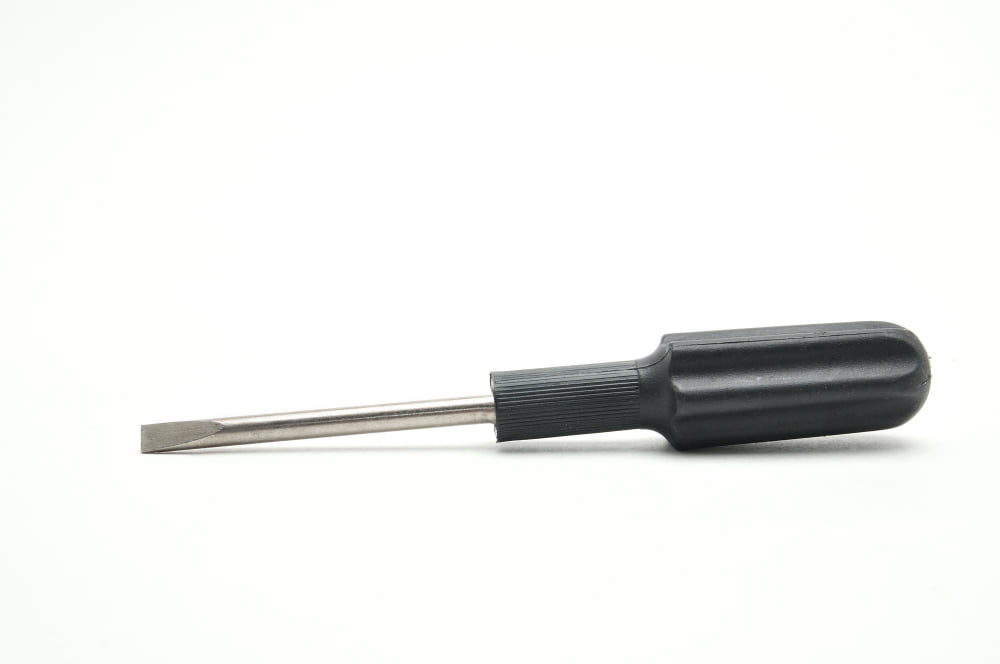
In the event that the emergency release cord is broken, don’t panic. There are a few simple steps which, when followed, can rectify the situation.
First, rather than trying to yank the broken cord, consider using flat-head screwdrivers or a pair of needle nose pliers to manually trigger the release mechanism.
Second, if the garage door still does not budge, further investigation is needed. Check the track and rollers for any obstructions or damage. Keep in mind that prolonged usage can cause wear and tear, not immediately visible.
Third, in case the problem persists, it would be advisable to get professional help. A garage door professional can assess the situation and offer a safe, efficient solution.
Fourth, keep up with regular maintenance to prevent such situations. This includes lubricating the moving parts, tightening loose screws or bolts, and promptly addressing any unusual noises or movements.
Remember, safety is always paramount when dealing with garage doors. Avoid forcing the door to move as it could cause more harm than good, potentially leading to expensive repairs or causing personal injury.
Activity During Prolonged Power Outages – Switching to Manual Mode
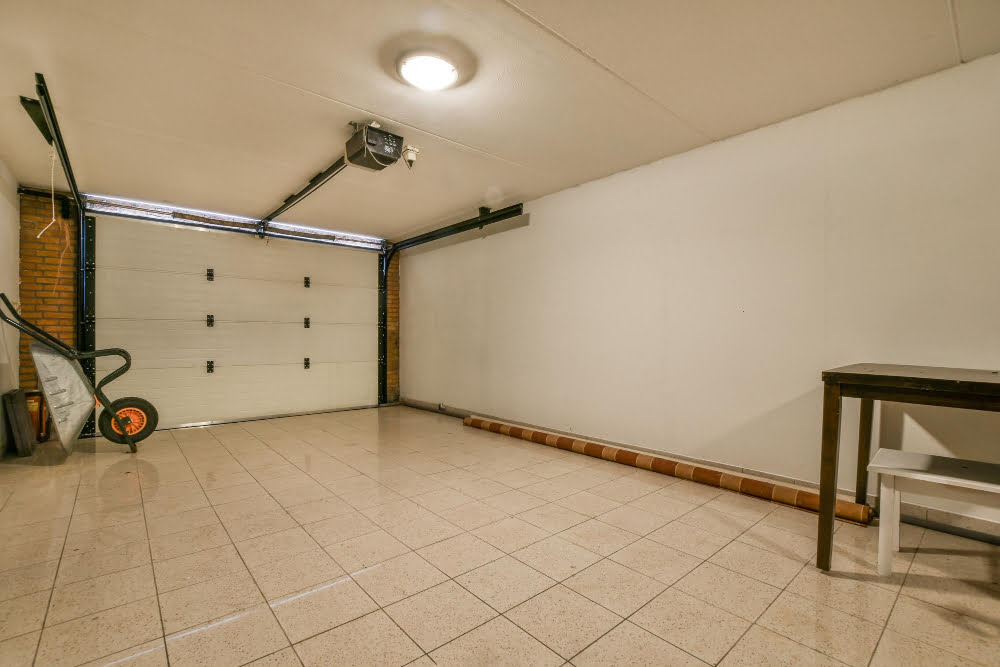
In the event of long-lasting power outages, moving your garage door to manual mode becomes essential. This switch allows you to continue accessing your garage space, easing the discomfort caused by the power outage.
1. First, ensure the door is fully closed, if not, and safe to do so, manually close the door to prevent accidental disengaging of the door which could lead to damage.
2. Find the emergency release cord – commonly a red rope hanging from the garage opener. Care should be taken while handling the cord, considering it controls the spring mechanism that manages the heavy door.
3. Gently pull the cord down and towards the door – you should feel some resistance and then a ‘snap’. This signifies the switch to manual mode.
4. Test run the operation before the actual use. Start by lifting the door; it should move freely and remain fully open when let go. Similarly, try lowering it; it should glide down smoothly without needing excessive force.
Remember, whilst in manual mode, the garage door is not locked hence you need to secure it using the manual lock fitted onto the door, usually a handle or knob that activates a sliding bolt.
FAQ
What are the basic steps involved in the manual closing of a garage door?
To manually close a garage door, disengage the automatic opener by pulling the emergency release handle, then gently pull the door down until it fully closes, ensuring your hands and feet remain clear of the moving parts.
Can you manually close a garage door with a broken spring?
Yes, you can manually close a garage door with a broken spring, but it is strongly advised to have at least two able-bodied people present due to the heavy weight of the door, hence caution is required to prevent any potential injury.
What are the safety precautions to take when manually handling a garage door?
When manually handling a garage door, it is crucial to maintain proper lifting techniques, avoid placing fingers between door sections, and utilize safety equipment like gloves and eye protection.